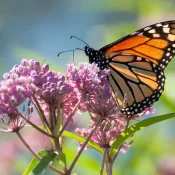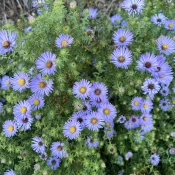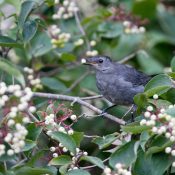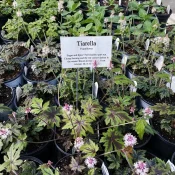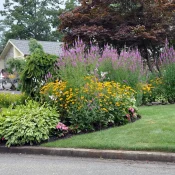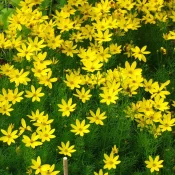What is a planting zone?
A planting zone is a geographic area defined by the average annual minimum temperature, which helps determine which plants can survive the winter. Zone 1 is the coldest and Zone 11 is the warmest. As you can imagine, due to climate change, plant zones are changing.
Planting Zone = Hardiness Zone
Hardiness means how well a plant can withstand cold. (Many of us may feel we have our own hardiness zones; my parents cannot withstand temperatures below 50F.) The most common system used in the United States is the USDA Plant Hardiness Zone Map—often truncated to the Plant Zone Map.
Planting/Hardiness Zones have changed in the past ten years, and will continue to change due to climate change.
US Zones
The United States is divided into 11 planting zones, which are based on the average annual minimum temperature in a given area. These zones are used to determine which plants will be able to survive the winter.
The 11 planting zones are:
Zone 1: The coldest zone, with average annual minimum temperatures of below -50°F.
Zone 2: Average annual minimum temperatures of -50 to -40°F.
Zone 3: Average annual minimum temperatures of -40 to -30°F.
Zone 4: Average annual minimum temperatures of -30 to -20°F.
Zone 5: Average annual minimum temperatures of -20 to -10°F.
Zone 6: Average annual minimum temperatures of -10 to 0°F.
Zone 7: Average annual minimum temperatures of 0 to 10°F.
Zone 8: Average annual minimum temperatures of 10 to 20°F.
Zone 9: Average annual minimum temperatures of 20 to 30°F.
Zone 10: Average annual minimum temperatures of 30 to 40°F.
Zone 11: The warmest zone, with average annual minimum temperatures of above 40°F.
Zones are about withstanding cold—that’s it
Plant zones are organized by the average cold temperature. Zones do not take into account soil type or how much rain an area gets. They don’t tell you about sunlight or pollution. Zones only help show how “hardy” a plant is; or how much cold the plant can withstand.
To demonstrate how strange and faulty zones can be, consider this:
Allentown, Pennsylvania is the same zone as Santa Fe, New Mexico—6B.
We can all agree that Allentown and Santa Fe are vastly different in terms of heat, rainfall, sun, and soil. Sadly, zones don’t include this in their story.
Zones: one more reason why shopping at local and trusted garden stores is crucial
You don’t have to worry about your zone. Just buy plants from local, trusted nurseries to ensure the native plants you buy are suited for where you live. It’s that simple.
Zones were helpful once, but are less helpful now, especially with climate change. Zones are part of a long list of gardening terms and systems that can quickly overwhelm just-starting gardeners (and no, you don’t need to worry about Latin names, either.) If you get your plants from local gardeners and nurseries, you can simply ask the staff if it’s well suited for your yard.
